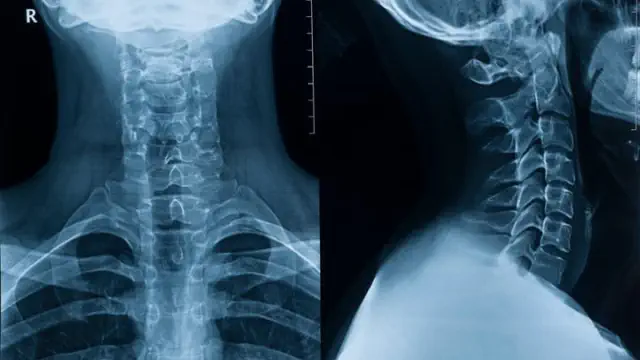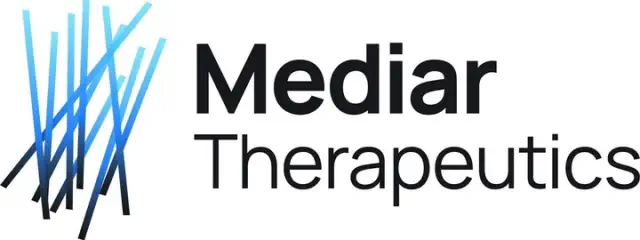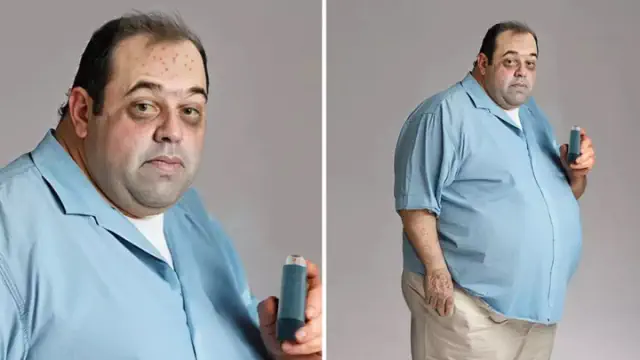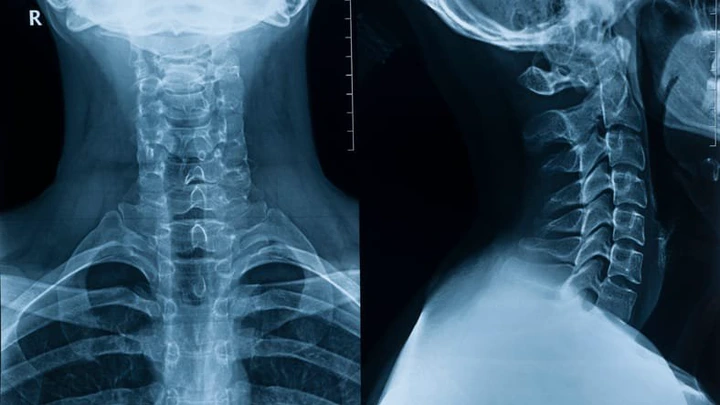
View pictures in App save up to 80% data.
European researchers suggest that a targeted antibody treatment could assist patients with spinal cord injuries in improving their control over arm and hand movements.
The recent advancement has the potential to provide thousands of individuals with greater autonomy in engaging in everyday tasks.
The study centered around an antibody known as NG 101, which specifically targets a protein in the body that hinders the healing process of damaged nerves.
The research included 126 individuals aged 18 to 70, sourced from 13 medical centers located in Germany, Switzerland, Spain, and the Czech Republic.
All patients suffered from acute spinal cord injuries in the cervical area. This condition is referred to as tetraplegia, which impacts the movement of the arms and hands.
It can pose difficulties for routine activities, like personal grooming and navigating a smartphone.
The study involved dividing the participants into two distinct groups to evaluate the treatment's efficacy. In total, 78 individuals were given the antibody treatment via direct injections into the spinal canal, whereas 48 were given a placebo. The injections were performed six times over a span of four weeks.
Neither the patients nor their doctors were aware of who was assigned to which treatment, guaranteeing that the outcomes remained impartial.
The effect of the treatment was primarily assessed by observing alterations in upper limb motor scores following a six-month period.
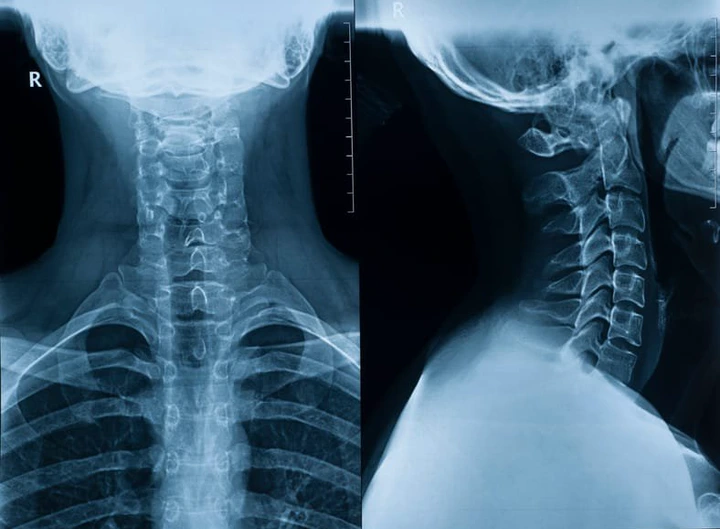
View pictures in App save up to 80% data.
The results indicated that individuals with total spinal cord injuries, in which all nerve signals are interrupted, exhibited no signs of recovery.
Conversely, individuals with incomplete injuries, who still have some functional nerve pathways, showed significant improvement in regaining control over their paralyzed muscles. This advancement allowed them to carry out daily activities with greater independence.
The antibody functions by inhibiting Nogo-A, a protein that hinders the repair of injured nerve fibers. This therapy targets the protein, enabling nerve fibers to regenerate and reform connections, potentially recovering abilities that were lost.
A limitation of the study was its scale and length, which may have hindered the observation of substantial advantages from the treatment.
The wide variety of injury severities and treatment responses among the patients could have also impacted the outcomes.
Up to this point, there have been no reported side effects from the treatment. However, additional studies are necessary for researchers to gain a clearer insight into which individuals would gain the most advantage from these therapies.
The researchers intend to carry out a subsequent study utilizing an enhanced version of the antibody. While this new advancement shows promise, it is not a complete solution for individuals affected by spinal cord injuries.
Nonetheless, it is transforming the landscape of recovery. This shift also opens up opportunities for attaining independence and enhancing overall quality of life.
The details of the study were published in The Lancet Neurology.
More About:News
